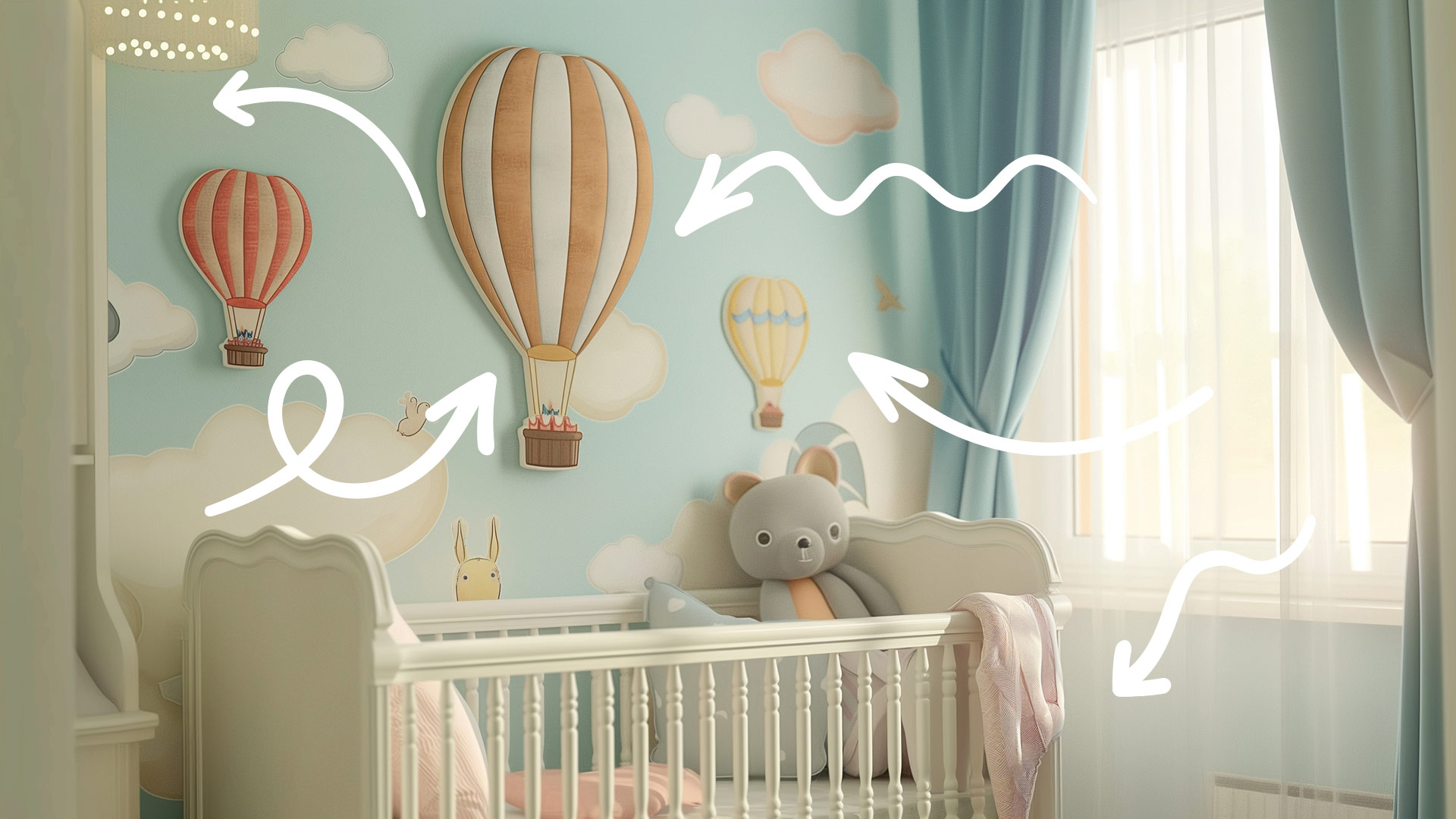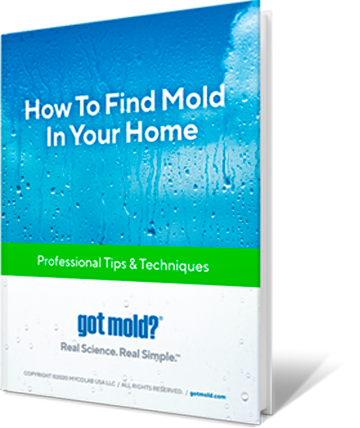
As a parent, you would never knowingly force your child to eat rotten food, just as you would never knowingly force them to breathe dirty air. But the latter could be what’s effectively happening without proper ventilation in your home.
A poorly ventilated building keeps the bad air in, getting rebreathed over and over again and becoming progressively dirtier. And as the ickiness of the air increases, so too do the chances for irritation and respiratory illness, particularly in newborns, whose developing immune systems, prodigious air in-take (relative to older kids and adults) and pristine air canals make them very susceptible. Fun, right?
Well, here’s the good news: Improving ventilation is well within any parent’s reach.
- We Need Fresh Air More Than Ever
According to the EPA, indoor air can be up to five times more polluted than outdoor air. This figure might have you wondering:
How can the indoors be worse when all the cars and factories and wildfire smoke are outside?
The fact is, from cooking fumes and dust to mold and volatile organic compounds (VOCs) released from certain paints, furniture, and household products, our homes and apartments (and schools, offices) are awash in potential pollutants.
Making matters worse — and the primary factor for the difference between inside and outside air quality — is that ever since the energy crisis of the 70s, American homes, in the interest of energy efficiency, have become tighter than ever.
Modern building materials are designed to be less drafty and hold in more heat, which doesn’t allow them to breathe effectively. And dry wall, in particular, is all but a factory for mold, which will eventually become airborne.
But you can help mitigate this situation in your own home through proper ventilation. A well-ventilated home is regularly diluting and removing contaminants by replacing bad air with good, or, in the case of cooking fumes, forcing the bad outside. The question then becomes:
How does one improve ventilation?
- Open Windows Regularly
The simplest way to improve ventilation is by opening windows, which allows for a natural exchange of indoor and outdoor air. Of course, no one (except perhaps your pet polar bear, who craves the cold and doesn’t pay the bills) wants to open a window when it’s freezing outside. That’s when air filters should take centerstage.
But when the weather is right, or at least tolerable, creating a cross-breeze by opening windows on opposite sides of your home will do wonders, effectively flushing out pollutants and bringing in fresh air. If creating a cross-breeze is not possible, just opening a single window is far better than nothing.
This holds true even in urban settings, though in that case it’s advisable to open your windows more often at night, when traffic, construction, and industrial exhaust are generally at their lowest.
- Make the Most of Exhaust Fans
As mentioned in our prior post, Keep Things Dry(ish): Balancing Moisture in the Home, exhaust fans in kitchens and bathrooms serve a critical role in removing excess moisture and odors, but they also help expel pollutants directly outdoors. Use these fans regularly during and after cooking and bathing.
But beware: some homes are fitted with vents that are essentially just air shifters, rather than air removers. An air-shifting vent doesn’t move air outside—it simply moves it to a different room, which, obviously, is not the objective. Any and all vents should terminate outside, or else it’s like cleaning your room by simply throwing everything in your closet: the problem still exists, it’s just somewhere else.
- Consider Adding Additional Ventilation Options
In areas where opening a window isn’t enough or isn’t possible, consider other ventilation solutions. Energy Recovery Ventilators (ERVs) and Heat Recovery Ventilators (HRVs) are systems that exchange indoor and outdoor air without losing heat or coolness from your home, making them efficient alternatives for maintaining a healthy flow.
Of course, they don’t just give these systems away for free and installing them can be quite costly. They also work better in some situations over others, so be sure to do your research before signing on any dotted lines.
- Keep Air Ducts Clean
If your home has a central heating, ventilation, and air conditioning (HVAC) system, maintaining clean air ducts is as essential as changing diapers.
Dust and debris can accumulate in ductwork over time, seriously reducing air quality by spreading pollution throughout your home. Regular cleaning, however, will make sure your ventilation system distributes clean air. We recommend checking the ducts at least twice a year. (We recommend a far more frequent schedule for changing diapers.)
The Bottom Line
Proper ventilation is essential for ensuring your home is a safe, healthy environment for your growing family. Simply opening a window can significantly improve the air quality in your home, making it a fresher, cleaner space for your new arrival. Embrace the simplicity of fresh air—it’s one of the best gifts you can give your home and your family.
Up Next…Clear the Air: Buy a Filter, or Be a Filter!

